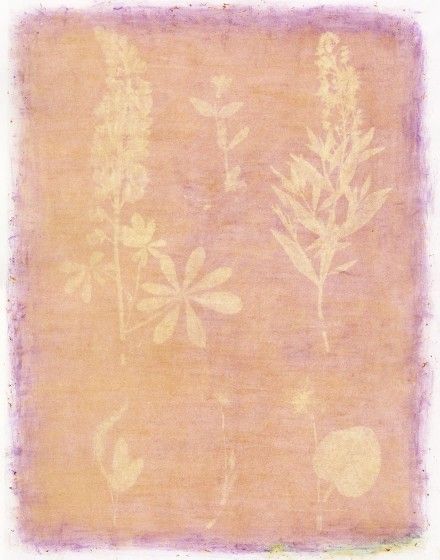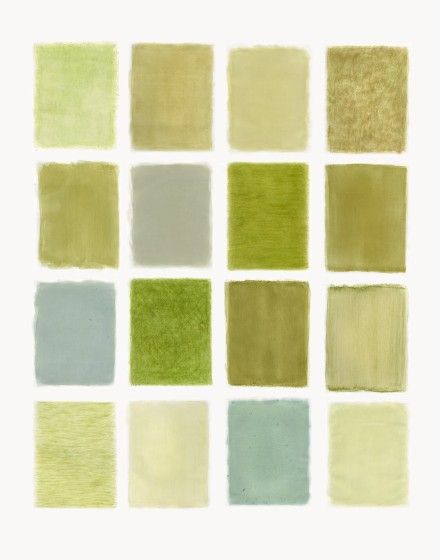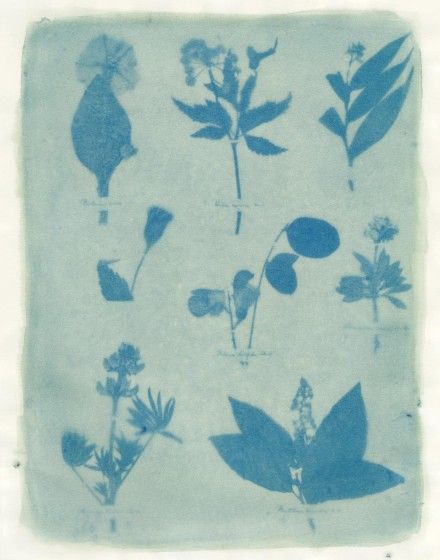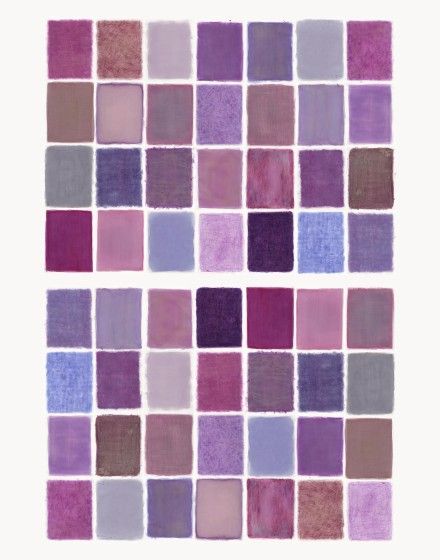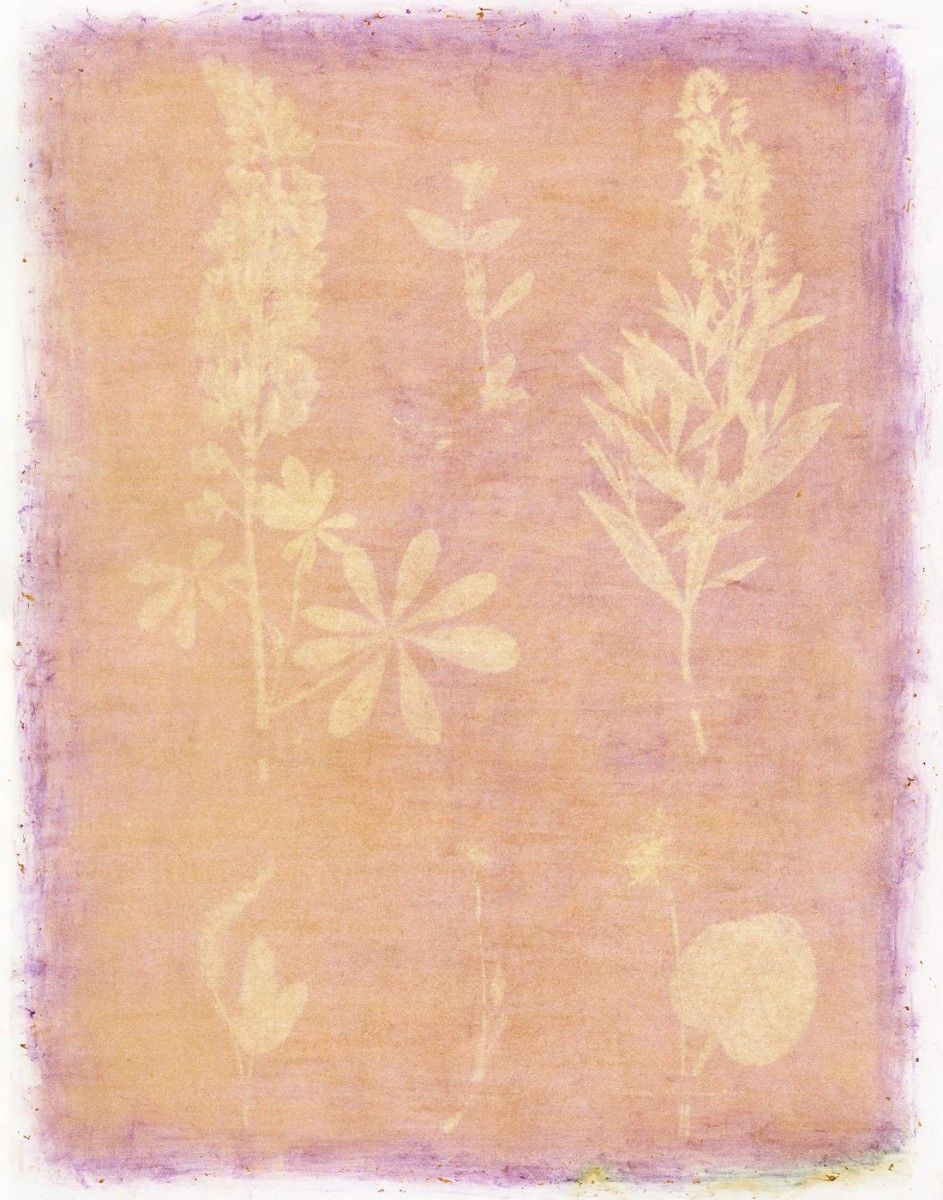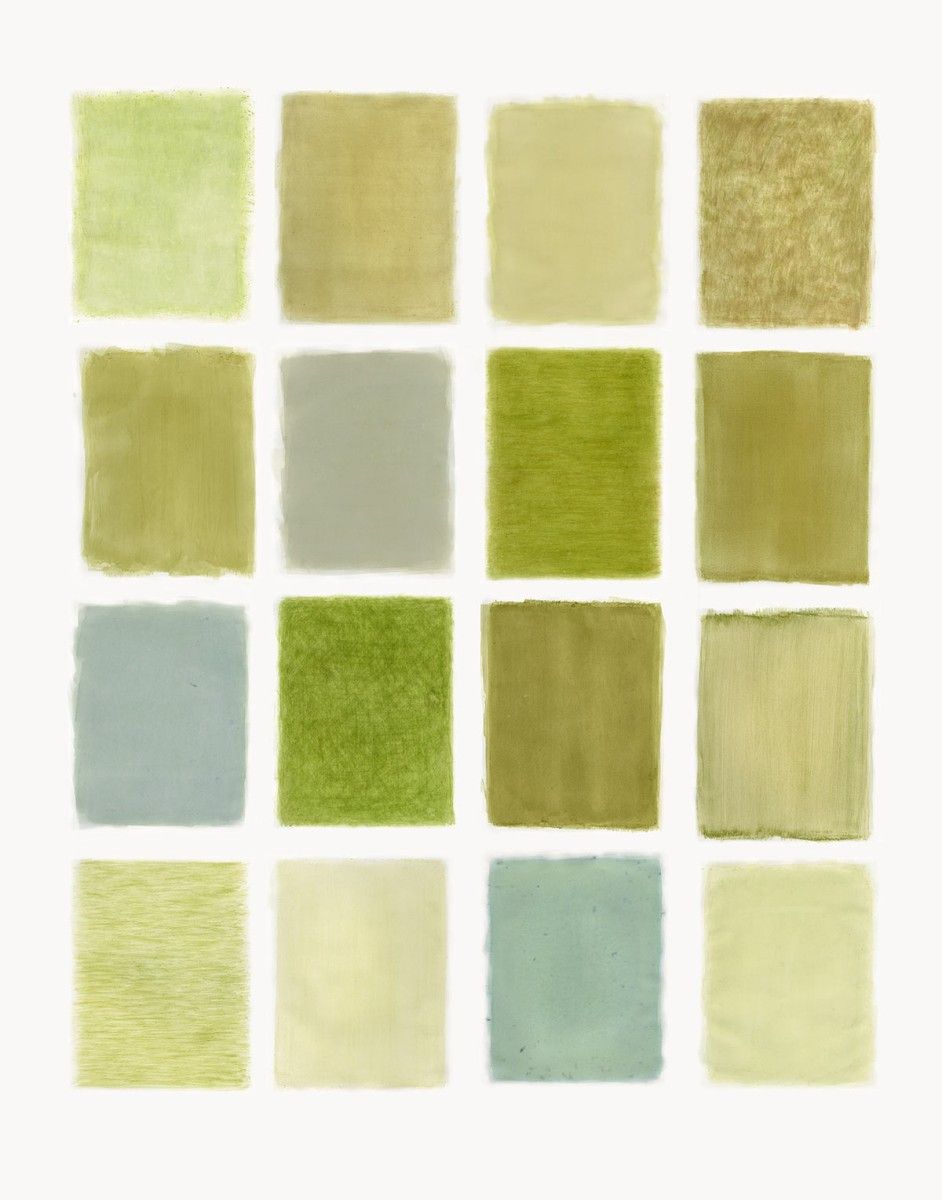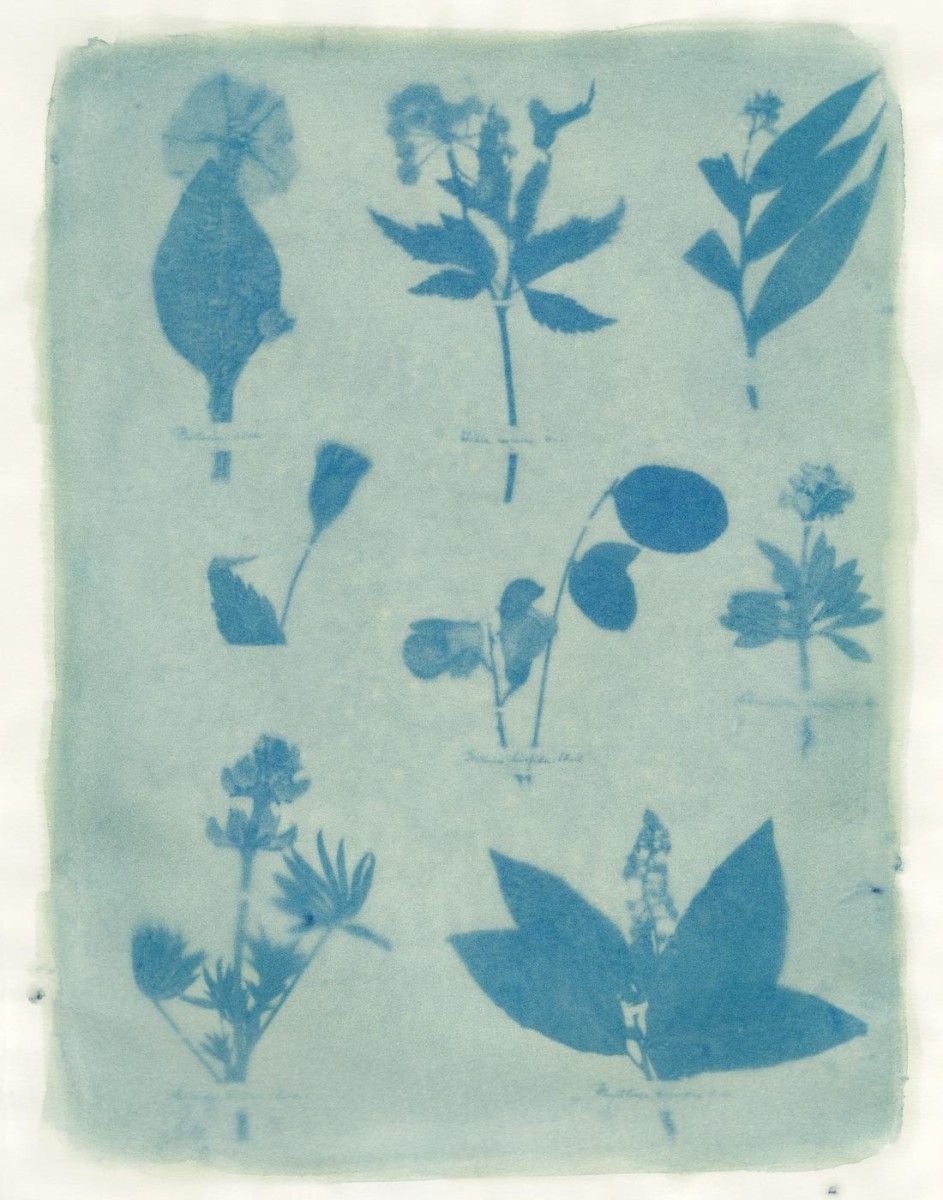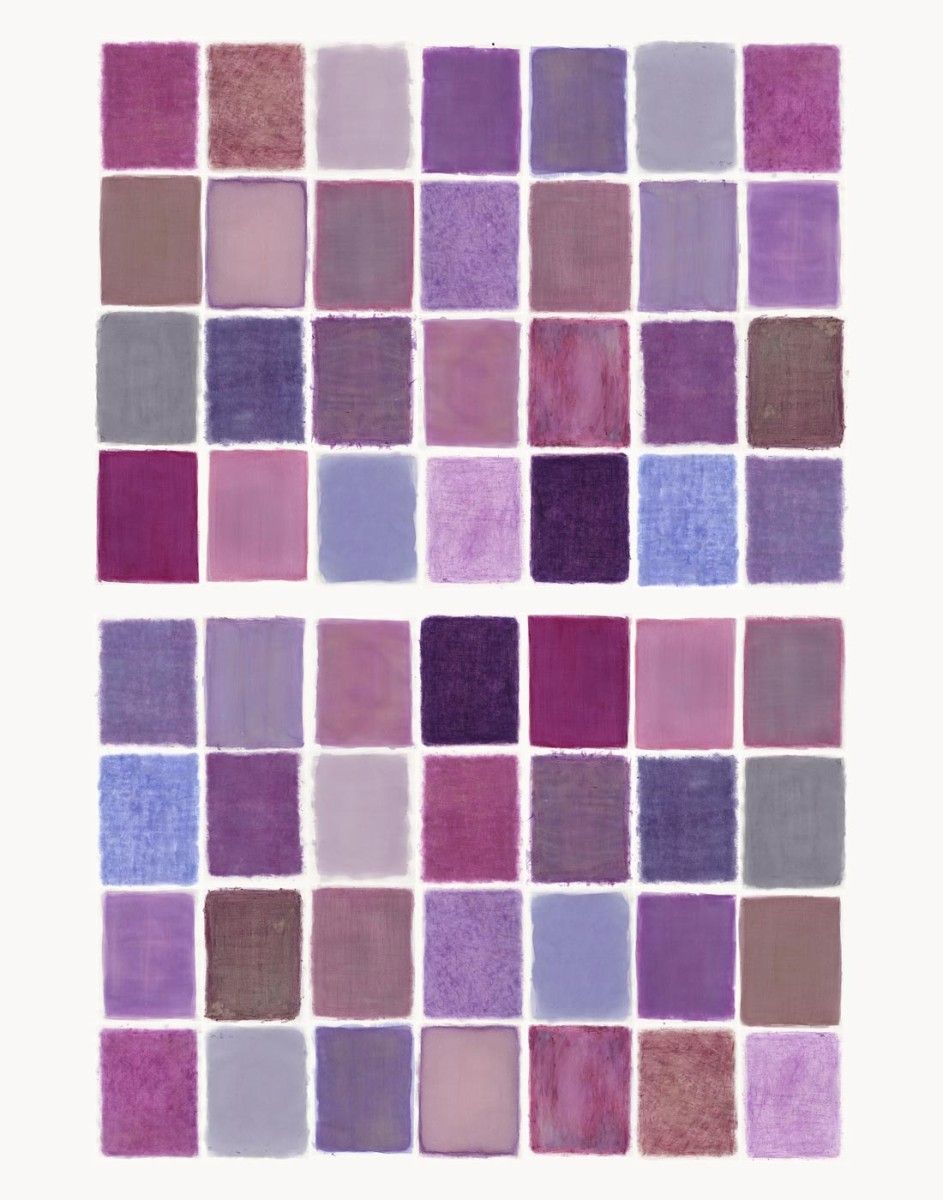"This Earthen Door: Nature as Muse and Material" is a remarkably immersive, cross-disciplinary exhibition focused on nature. The exhibition is the culmination of an almost five-year project of artists Amanda Marchand (b. 1972) and Leah Sobsey (b. 1973). Combining natural materials with historical and contemporary photographic processes and inspired by a book of pressed flowers—known as an herbarium—created by renowned poet Emily Dickinson in the mid-nineteenth century, Marchand and Sobsey utilize pure pigments extracted from flowers to make a vibrant series of plant-based artworks. The resulting exhibition is a kaleidoscope of colors comprising over 50 works.
Though now celebrated as one of the country’s foremost poets, Dickinson in her lifetime was known only as an accomplished gardener and student of botany. As a teenager, she began creation of an herbarium that would be filled with over 400 pressed plants collected from her Massachusetts garden and on walks near her Amherst home. In a gesture honoring Dickinson’s nearly 200-year-old effort, Marchand and Sobsey set out to grow as many of these plants as possible in their own gardens. From these plantings, they extracted pigments from 66 flowers to use within this project.
Included in the exhibition is a large series of anthotypes, a plant-based process that is one of the earliest forms of photography, and one not requiring a camera. Marchand and Sobsey coated sheets of paper with a light-sensitive emulsion made from the pure pigments they extracted from flowers. The artists placed transparencies made from Dickinson’s herbarium on their coated papers and exposed them to the sun for weeks or even months. The sun’s bleaching rays left a shadow imprint of Dickinson’s original arrangements of plants on the paper, creating camera-less sun-prints of her now inaccessible book. Using this process, they recreated 66 pages from Dickinson’s original herbarium, reanimating her botanical endeavors for the twenty-first century.
The exhibition also features a number of compositions that the artists call chromotaxys, which are composed of individual, colored panels made with the pure pigment of an individual flower. Each chromotaxy composition is a grouping of these panels selected to provide additional insight into Dickinson’s—and the contemporary—botanical world. The title of each chromotaxy is the first line of a Dickinson poem and signals the theme around which the pigments of various flowers are grouped. For example, the 94-panel grid of To make a prairie represents the self-fertilizing plants in Dickinson’s herbarium. These so-called “self-compatible” plants are increasingly necessary in a world where pollinators are threatened. In this way, Marchand and Sobsey emphasize the full meaning—visually and conceptually—that these plants had for Dickinson and still hold today.
The artists also created two site-specific pieces created by the artists expressly for the exhibition that highlight the Brandywine Conservancy’s environmental stewardship efforts and honor Brandywine’s mission, history and future. The first site-specific work, Estranged from Beauty – none can be, is a grouping of 10 anthotypes of invasive species found in the Brandywine Conservancy’s 170-acre Waterloo Mills Preserve, located in Easttown Township, Chester County and Newtown Township, Delaware County. Exploring the duality of these flowering plants, the artists celebrate their beauty while underscoring the danger they pose to the local ecosystem. The second site-specific work, Talk not to me of Summer Trees, is a chromotaxy featuring 56 panels representing the pure color extracted from 14 tree species from Waterloo Mills Preserve, capturing the pigments of the leaves in both summer and autumn.
Exhibition-related Programs and Events:
Behind the Scenes of This Earthen Door [Virtual Program]
May 20, 2 p.m.
Join the artists online to discuss this fascinating exhibition and the inspiration behind their project.
Nature Sketch and Stroll
June 8, 9:30 a.m.–12 p.m.
Join award-winning artist Randall Graham and botanical expert Janet Ebert for a morning "sketch and stroll" to experience Brandywine’s campus and native plantings.
Stroller Tour
June 13, 10:30 a.m.
Enjoy a guided tour of This Earthen Door, designed especially for adults accompanied by babies.
Creative Escape: Painting with Native Plant Inks
June 25, 5:30–8 p.m.
Create art with inks and pigment powders made from native plants led by artists from Native Roots Farm Foundation.
Museum Explorer Family Workshops
July 10, July 17, July 24, & July 31, 10 a.m. and 11 a.m.
Families with young children are invited to enjoy interactive gallery tours and hands-on crafts featuring art, nature, and poetry themes.
Watercolor Workshop with Vessna Scheff
July 19, 9:30 a.m.–4 p.m.
An all-day workshop exploring the use of watercolor techniques to capture botanical subjects with artist Vessna Scheff.
Sensory-Friendly Saturday
July 26, 9–10:30 a.m.
An accessible, early access event with exhibition-themed activities for individuals on the autism spectrum or with sensory processing disorders and their families.
Free First Sunday for Families
August 3, 9:30 a.m.–4:30 p.m
Enjoy free, all-day admission to the Museum, plus exhibition-themed creative art activities, storytelling, and poetry performances.
Artists’ Gallery Talk
August 25, 1:30–2:30 p.m.
Tour This Earthen Door with artists Leah Sobsey and Amanda Marchand.
Steeped in Art
August 28, 2–4 p.m.
Join Brandywine staff for an afternoon of art looking and tea brewing using a variety of locally foraged native plants.
Support for this exhibition is provided by The Arcadia Foundation and Terrain

Programming support is provided by PNC Arts Alive

